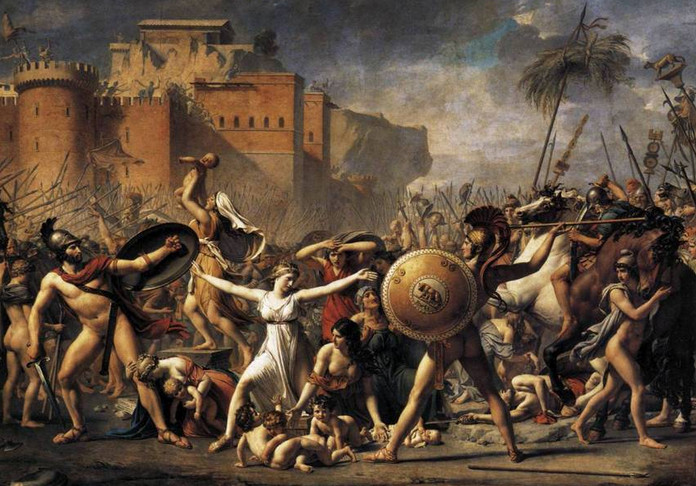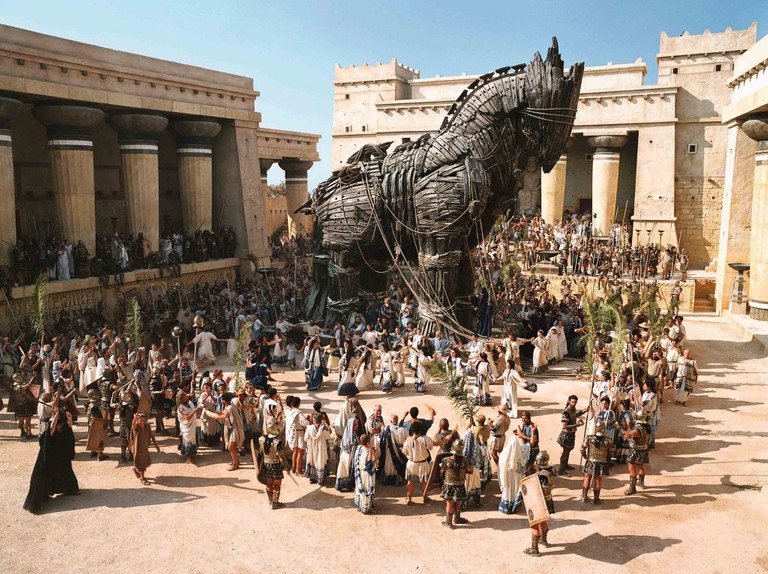Our knowledge about the Trojan War in which an army of Greeks laid siege to the city of Troy (in modern-day Turkey), comes from a variety of sources, most important of which is Homer’s Iliad written in the 8th century BC.

The conflict begins with Paris, the youngest son of Priam, king of Troy. Having decided that Aphrodite is the most beautiful of goddesses, Paris is awarded the hand of the beautiful Helen (who is already the wife of Menelaus, king of Sparta) and takes back to Troy.
Discovering Helen’s abduction, Menelaus rallies the other kings of Greece (including Odysseus), who had sworn to help each other. They in turn enlist the invulnerable and ruthless Achilles. The Greeks set up camp on the beach close to Troy, and thus begin an exhausting ten-year siege of the city.
Tensions emerge in the Greek camp and Achilles decides to go home. However, following the death of his companion Patroclus at the hands of the Trojan prince Hector, he decides to stay long enough to take revenge.

One day the Trojans discover that the Greek ships have departed and that an enormous wooden horse has been left outside the city gates.
The Trojans take this to be an offering and drag it into Troy, unaware that it contains Greek soldiers. That night the soldiers leave the horse, open the gates of Troy and the city falls.
However, in the fighting that follows Achilles is hit by an arrow in his heel- the only part of him that is vulnerable- and dies. Helen returns with Menelaus and is eventually forgiven. Gradually, the other survivors of the war make their way back home. For Odysseus, the journey takes another ten years.





